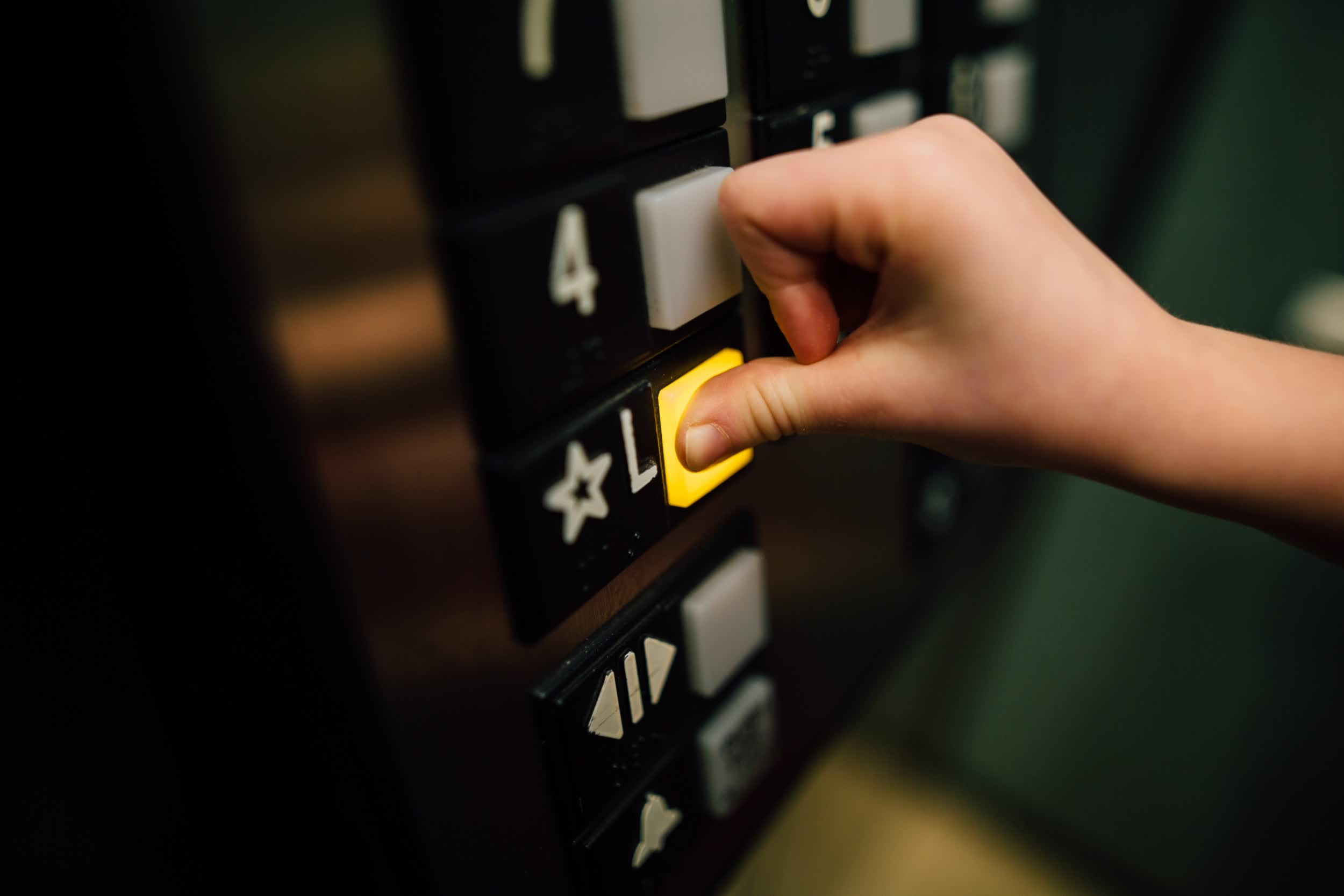In brief: Researchers from the International Institute for Applied Systems Analysis (IIASA) have conceived a gravity-based system that would use elevators in high-rise buildings to generate and store electricity.

The system, dubbed Lift Energy Storage Technology (LEST), would rely on elevators already installed in existing buildings. When not being used to transport people, autonomous trailer devices would load / unload wet sand containers or other high-density materials into elevators and transport them between the bottom and top floors. Regenerative braking systems on the elevators, which are most effective when carrying a heavy load, would generate electricity that could be stored on site and used as needed.
Researchers estimate that there are more than 18 million elevators in operation around the world, and many of them sit idle for a significant amount of time.

Lead author Julian Hunt said the idea came to him after moving into an apartment on the 14th floor of a building and spending a lot of time riding the elevator up and down.
Several hurdles stand in the way of real-world use. For starters, the ceiling bearing capacity of existing buildings – that is, how much weight the ceiling can support without collapsing – would have to be taken into consideration. Operators would also need to set aside room at the top and bottom of buildings to store the heavy weights, and consider how much additional wear and tear the system would put on existing elevator infrastructure.
The full study has been published in the journal Energy for those interested in delving deeper.
Image credit: Sean Pollock, Kelly L
https://www.techspot.com/news/94819-elevators-skyscrapers-could-used-generate-electricity.html
